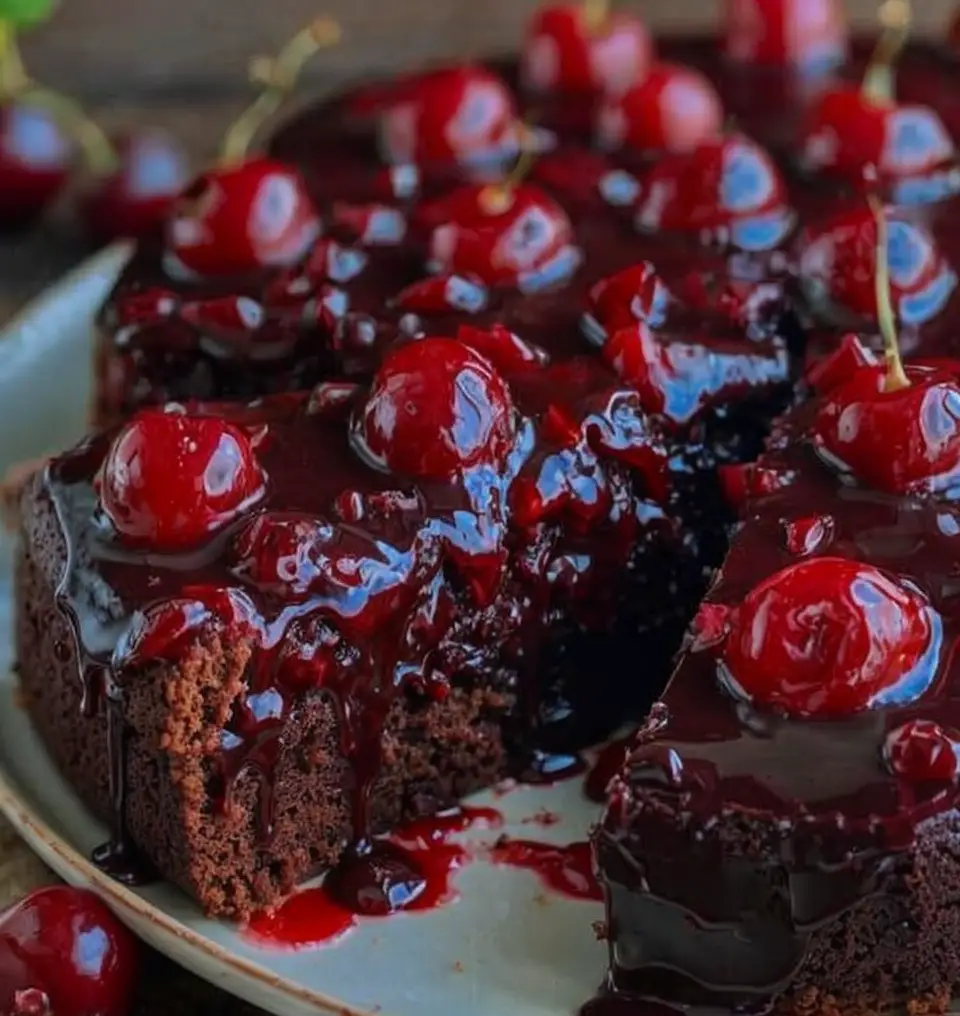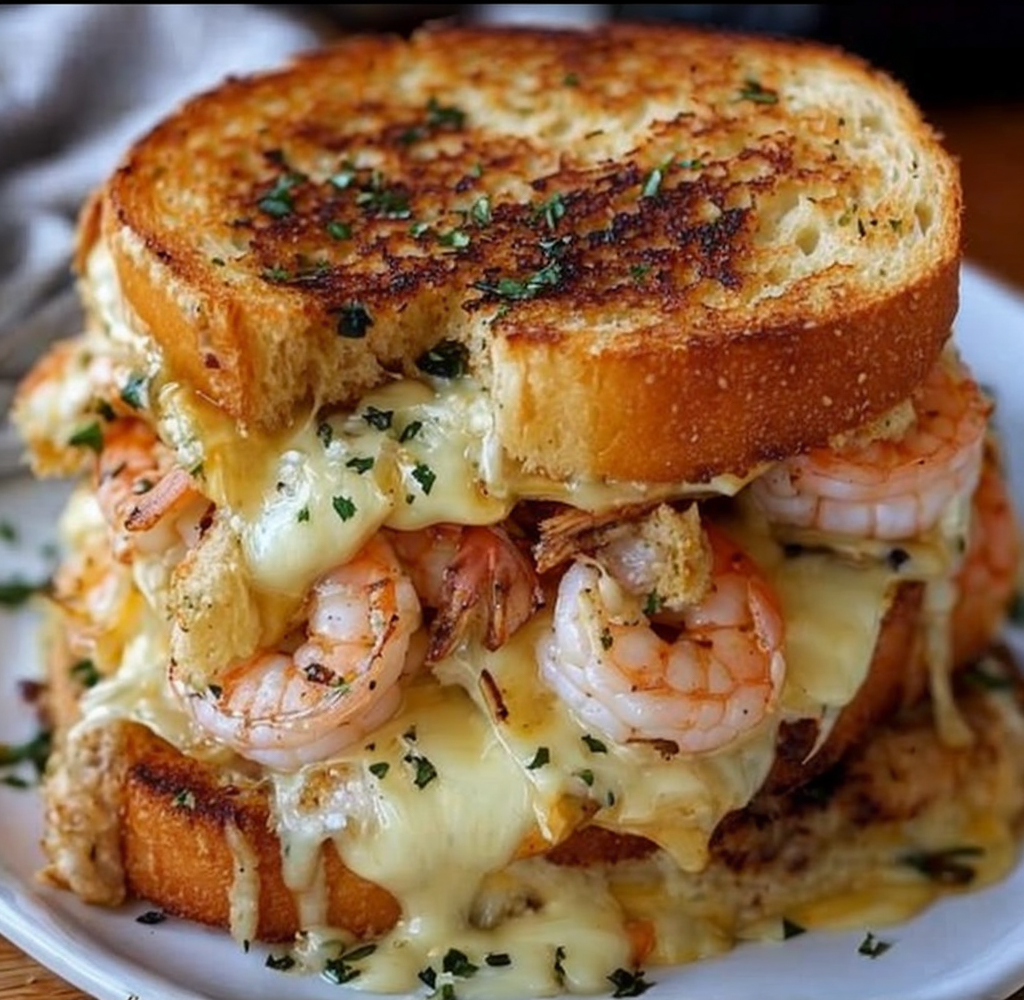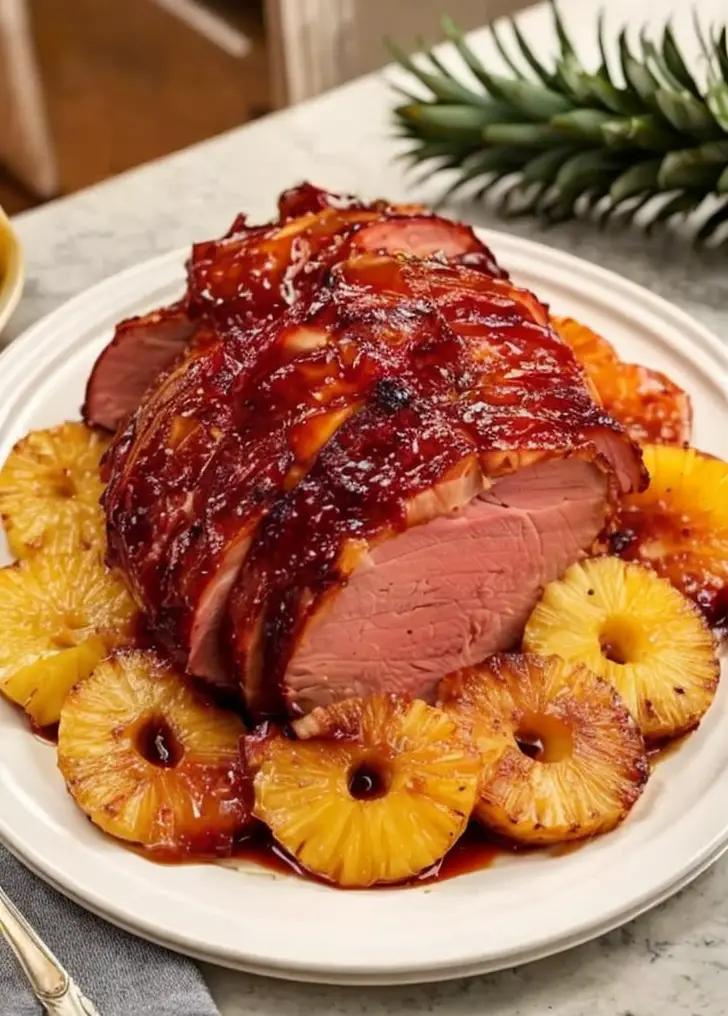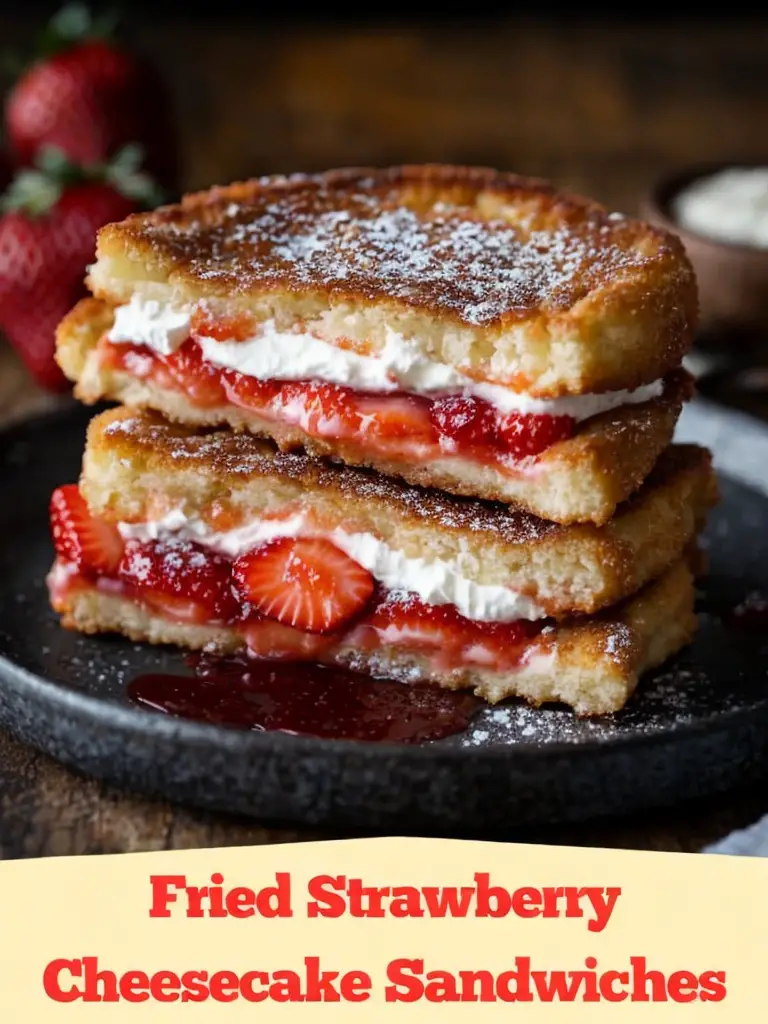Buttered Rum Fudge: A Decadent Indulgence
Immerse yourself in the rich, creamy delight of Buttered Rum Fudge. This scrumptious treat is perfect for those with a sweet tooth, combining the smoothness of fudge with the warm, comforting flavors of buttered rum. Whether you’re indulging alone or sharing with friends, this fudge is a must-try for its decadent blend of flavors and textures. Prepare to be captivated by its velvety feel and the subtle hint of rum that dances on your palate, making each bite a luxurious experience.
Quick Recipe Highlights
- Flavor Profile: Enjoy the creamy sweetness with a hint of spiced buttered rum.
- Texture: Experience the melt-in-your-mouth softness combined with a subtle firmness.
- Aroma: The rich, buttery scent mingled with warm rum notes creates an inviting aroma.
- Visual Appeal: The fudge has a lustrous sheen, with a rich, caramel color that’s enticing.
- Skill Level Needed: Simple and straightforward, suitable for both beginners and seasoned cooks.
- Special Equipment: A candy thermometer is recommended for precision.
Recipe Overview
- Difficulty Level: Chosen as easy due to its straightforward ingredients and steps, ensuring even novice cooks can achieve perfection.
- Category: A delightful dessert or festive snack to elevate any occasion.
- Cuisine: Inspired by the traditional confectionary practices, with a unique blend of American and Caribbean influences.
- Cost: Budget-friendly, with most ingredients likely already in your pantry.
- Season: Best enjoyed in fall and winter for its warming qualities, but delightful year-round.
- Occasion: Ideal for holiday gatherings, gifting, or as a cozy treat during colder months.
Why You’ll Love This Recipe
Delve into the luscious world of Buttered Rum Fudge, where taste and texture collide to satisfy your dessert cravings. The buttery richness is perfectly balanced with the subtle kick of rum, creating a harmony of flavors that is both nostalgic and enticing. Whether you’re looking for a quick and gratifying dessert solution or a treat to impress guests, this fudge ticks all the boxes with its ease of preparation and flawless presentation. Its relatively low cost and readily available ingredients make it an accessible indulgence that doesn’t compromise on taste.
Beyond the taste, this fudge is a nutritional powerhouse of pleasure, offering a rich source of energy with each piece. The social element of sharing homemade fudge adds a personal touch to gatherings, making it a wonderful gift or a highlight at parties. Its simplicity and depth of flavor ensure that it leaves a lasting impression on anyone who dares to savor its creamy goodness.
Historical Background and Cultural Significance
Buttered Rum Fudge has its roots in the rich tradition of fudge-making that dates back to the late 19th century, a time when confectionary exploration was at its peak. Originating in the United States, fudge quickly became a beloved treat, offering confectioners a canvas for creativity with flavors and textures. The inclusion of rum in this fudge harks back to Caribbean influences, where rum is a staple ingredient, resulting in a truly cross-cultural confection that marries the warmth of the tropics with the comforting fudge nostalgia.
As fudge gained popularity, variations like Buttered Rum Fudge emerged, becoming a festive favorite, particularly during the holiday season. The combination of butter and rum brings a sophisticated twist to the classic fudge, evoking the cozy comforts of a well-loved winter beverage in confection form. Today, it stands as a testament to the innovation and adaptability inherent in culinary traditions, cherished by many who celebrate its blend of flavors and heritage.
Ingredient Deep Dive
Sugar is the cornerstone of any great fudge, providing the essential sweetness and structure. Its cultural significance as an ancient sweetener is undeniable, having been cherished across many traditions for centuries. When selecting sugar, opt for high-quality granulated varieties to ensure smooth texture and consistency. Store sugar in a cool, dry place to keep it from clumping and crystallizing. In the event you need a substitute, consider using light corn syrup or honey for a different flavor profile.
Butter plays a critical role, infusing the fudge with its rich and creamy mouthfeel. It brings both flavor and moisture, creating a smooth, melt-in-your-mouth texture. For best results, choose unsalted butter, which allows control over the overall saltiness of the dish. Store butter in its original wrapper, in the fridge, to preserve its freshness. If necessary, margarine or vegan butter can serve as substitutes, though some flavor nuances might vary.
Common Mistakes to Avoid
- Overcooking: Monitor the temperature closely with a candy thermometer to avoid grainy texture.
- Under-beating: Ensure a smooth consistency by beating the fudge thoroughly until it loses its shine.
- Using cold ingredients: Allow all ingredients to reach room temperature before combining.
- Skipping the thermometer: Ensure precise heat management to achieve the correct texture.
- Poor storage: Store the fudge in an airtight container to prevent it from drying out.
- Humidity issues: Avoid making fudge on humid days, which can affect texture.
- Wrong butter: Use unsalted butter to control flavor balance.
- Forgetting to stir: Consistent stirring prevents the mixture from scorching.
Essential Techniques
The delicate art of fudge-making is all about managing the temperature and consistency of your ingredients. Mastery begins with using a candy thermometer to reach the exact soft-ball stage (235-245°F), which ensures that your fudge sets correctly without becoming too hard or too soft. Consistent stirring is paramount, as it helps prevent the mixture from burning and ensures smoothness. Finally, practice patience during the cooling and beating process, allowing the fudge to lose its gloss while becoming creamy and luscious.
Pro Tips for Perfect Buttered Rum Fudge
Enhance your fudge by toasting any nuts or additional mix-ins before adding them, deepening their flavor and texture. Consider adding a pinch of salt to amplify the buttered rum nuances, giving the fudge a sophisticated balance. Be sure to pour the mixture into a prepared pan lined with parchment paper for easy removal. If experimenting with flavors, remember that less is more; a few drops of vanilla extract can elevate the rum flavors beautifully. When cutting the fudge, use a sharp knife, cleaned and warmed, for clean slices. Lastly, allow the fudge to cool slowly at room temperature to achieve the ideal texture.
Variations and Adaptations
Regional variations of Buttered Rum Fudge may introduce local ingredients, such as Caribbean spices that enhance the rum flavors or the addition of coconut for a tropical twist. Seasonal adaptations are equally intriguing; during the colder months, infuse the fudge with warming spices like cinnamon or nutmeg for a festive flair. For those seeking dietary modifications, swapping dairy butter for plant-based alternatives can create a vegan-friendly version. Experimentation with flavor variations is encouraged, from white chocolate swirls to a hint of espresso, adding depth and complexity.
Serving and Presentation Guide
Present your Buttered Rum Fudge with flair, using elegant plating techniques that include separating pieces with parchment paper for ease. Consider garnishing with a dusting of powdered sugar or edible gold flakes for a luxurious touch. Traditional accompaniments like fresh berries or compotes provide a contrast of flavors and textures. Modern serving suggestions might include offering fudge squares with mini forks for a sophisticated, bite-sized treat. Pay attention to temperature; serving the fudge slightly chilled ensures it holds its shape whilst melting smoothly in the mouth.
Wine and Beverage Pairing
Pairing Buttered Rum Fudge with the right beverage enhances the overall experience. Opt for a sweet, rich wine such as a late-harvest Riesling, which complements the fudge’s sweetness with floral notes. Non-alcoholic options like a warm spiced tea or rich hot chocolate make delightful companions, enhancing the dessert’s warm, comforting qualities. If coffee or tea is your preference, choose a robust roast or chai blend to balance the sweetness with a hint of bitterness, ensuring a well-rounded flavor experience.
Storage and Shelf Life
Proper storage of your Buttered Rum Fudge brightens its longevity and flavor, keeping it fresh and delicious. Seal it tightly in an airtight container at room temperature for up to two weeks to maintain its ideal texture. If refrigerating, wrap each piece in parchment to prevent moisture absorption—a necessity for extended freshness. Should you choose to freeze, ensure the fudge is well-wrapped, defrosting overnight in the refrigerator before serving. Watch for changes in texture or moisture levels as signs of spoilage.
Make Ahead Strategies
Creating Buttered Rum Fudge ahead of an event underscores your culinary planning prowess. Begin by prepping all ingredients and measuring tools in advance for a smooth, efficient process. During assembly, store partially-made fudge tightly covered at room temperature if resting overnight. Quality is maintained when allowed to set at its own pace, ensuring perfect texture. When it’s time to serve, gently warm any reserved portions in a microwave for a few seconds, enhancing flavor and texture before adding fresh garnishes for flair.
Scaling Instructions
Scaling Buttered Rum Fudge to serve a variety of occasions takes careful consideration. When halving or doubling the recipe, maintain proportional ingredient ratios for consistent results. Specialized equipment may be necessary for larger batches, including larger saucepans to accommodate increased volume. Adjustments in cooking time are crucial, with larger quantities possibly requiring extended heating. Proper storage becomes critical with larger batches, ensuring freshness across multiple servings by utilizing appropriate containers and conditions.
Nutritional Deep Dive
A nutritional overview of Buttered Rum Fudge offers insights into its pleasurable consumption. The fudge primarily comprises carbohydrates from sugar, with moderate amounts of fat from butter contributing to its creamy texture. Dietary considerations should note the high-calorie content per serving, balancing enjoyment with mindful consumption. It’s advisable to enjoy this fudge as an occasional treat, acknowledging its richly indulgent profile. Portion sizes matter, with a standard piece providing enough sweetness without overpowering dietary goals.
Dietary Adaptations
Crafting dietary adaptations for Buttered Rum Fudge allows inclusivity across various eating practices. A gluten-free version is straightforward, with naturally gluten-free ingredients. For dairy-free needs, replace butter with a high-quality plant-based alternative, ensuring similar texture and taste. Vegan adaptations align with dairy-free practices, requiring careful selection of other supplements like condensed coconut milk. Adapting the fudge to fit low-carb or keto diets may involve natural sweeteners and alternate thickening agents, ensuring the flavor remains rich and satisfying.
Troubleshooting Guide
Overcome common challenges with Buttered Rum Fudge by consulting these troubleshooting tips. If texture issues arise, review candy thermometer calibration, ensuring temperatures are accurate. Flavor balance can be fine-tuned, adding vanilla or salt when necessary to enhance the inherent sweetness. Address temperature problems by adjusting cooking surfaces, maintaining a steady heat during preparation. Recognize potential equipment challenges early, selecting a pot that accommodates your batch size comfortably. Ingredient substitutions should maintain original ratios, ensuring consistent taste and texture. Evaluate timing concerns, allowing adequate cooling to guarantee ideal consistency.
Recipe Success Stories
Community successes in crafting Buttered Rum Fudge inspire others to engage with its delicious possibilities. Readers frequently share innovative variations, enhancing the traditional with unique spins like nuts or flavored extracts. Feedback celebrates the fudge’s ease of preparation despite its impressive results. Home adaptations include adjusting sweetness levels to suit personal preferences or incorporating seasonal touches like peppermint for festive gatherings. Rising popularity underscores its value as a flexible, shareable treat perfect for gift-giving during the holiday season.
Frequently Asked Questions
Yes, dark rum can be used for a deeper, more complex flavor profile. Adjust the quantity to taste.
What if I don’t have a candy thermometer?
Test by dropping a small amount of mixture into cold water — it should form a soft ball.
Can this fudge be made into shapes?
Absolutely. Pour into silicone molds for fun, creative designs.
How do I prevent my fudge from being grainy?
Make sure sugar is dissolved completely before boiling, and avoid stirring it until after it’s cooled slightly.
What is the best way to cut the fudge?
Use a warm, sharp knife, and clean it between cuts for smooth slices.
Can I add nuts or dried fruit?
Definitely! Fold in chopped nuts or dried fruit after the fudge has cooled slightly but before it sets.
Is it possible to make it without alcohol?
Yes, replace rum with rum extract or a similar flavored syrup for a non-alcoholic version.
What should I do if my fudge doesn’t set?
Reheat gently and try again, ensuring accurate temperature management with your thermometer.
Can I make fudge without butter?
Substitute with margarine or vegan spread for a similar richness, though flavor may vary.
How long can I store fudge?
Properly stored, it lasts up to two weeks at room temperature and several months frozen.
Additional Resources
Explore further into fudge perfection with related recipes and techniques. Dive into a guide on mastering candy-making basics, essential for building a good foundation. Find ingredient studies exploring variations in sugar and fat that influence fudge characteristics. Discover equipment recommendations tailored for perfect fudge consistency, highlighting must-have thermometers and pans. Embrace seasonal adaptations through an exploration of ingredient pairings that celebrate diverse culinary traditions.
Join the Conversation
Engage with our community by sharing your Buttered Rum Fudge creations on social media with hashtags like #RumFudgeDelight. Show off your unique presentation styles and inspire others with your innovative adaptions. Leave a review or comment on our blog post to connect with fellow dessert enthusiasts. Consider joining recipe exchange forums to broaden your culinary repertoire, sharing tips and tricks to perfecting the art of fudge-making. Embrace the joy of sharing this delectable treat with a network of passionate food lovers.
The Recipe
Buttered Rum Fudge
Serves: 24 pieces
Prep Time: 10 mins
Cook Time: 10 mins
Total Time: 20 mins
Kitchen Equipment Needed
- Medium saucepan
- Candy thermometer
- Whisk
- 8×8 inch baking dish
- Parchment paper
Ingredients
- 2 cups granulated sugar
- 1/2 cup heavy cream
- 1/2 cup unsalted butter
- 1/4 cup light rum
- 1 teaspoon vanilla extract
- 1/4 teaspoon salt
Directions
- Line an 8×8 inch baking dish with parchment paper, leaving excess hanging over the edges for easy removal.
- In a medium saucepan over medium heat, combine sugar, heavy cream, and butter. Stir until the sugar is dissolved.
- Attach a candy thermometer and bring the mixture to a boil. Allow it to reach the soft-ball stage (235-245°F), stirring occasionally.
- Remove from heat and stir in rum, vanilla extract, and salt until well combined.
- Let the mixture cool for about 15 minutes, then beat it until it loses its shine and thickens.
- Pour the fudge into the prepared dish, spreading it evenly. Let it set at room temperature until firm.
- Remove from dish using parchment overhang, cut into 24 squares, and serve.
Recipe Notes
- Adjust the amount of rum to taste, or replace it with rum extract for a non-alcoholic version.
- Fudge can be stored at room temperature for up to two weeks.
- For a nutty twist, stir in 1/2 cup of toasted chopped pecans after removing from heat.




